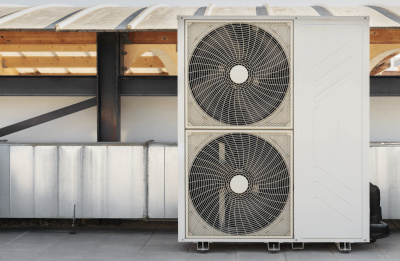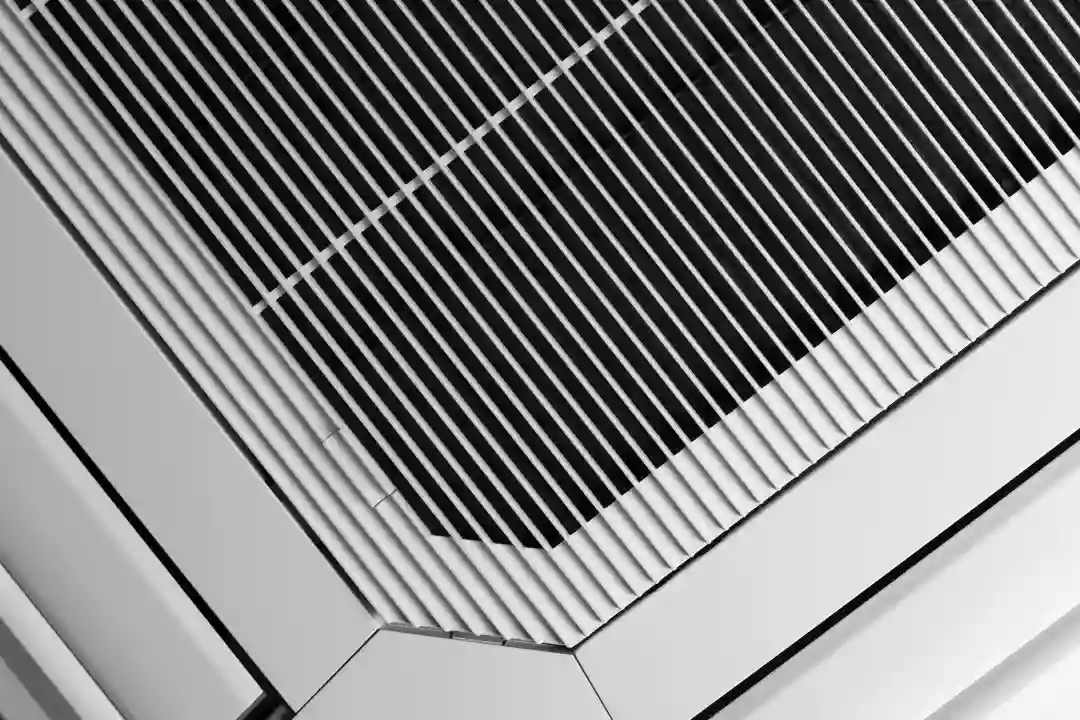Why Is Duct Cleaning Important?
The ductwork in your house may be compared to its lungs. Your home can breathe when it exhales stale air and draws in cleaner air from the outside thanks to clean air ducts. There isn't a mechanism to filter all the dust that collects in your ducts, vents, or registers, but a functional HVAC system employs a filter to stop pollutants and airborne particles from entering your house. Most of this dust has to be physically cleaned.
Sensitive individuals may experience eye, nose, throat, and lung irritation from a considerable buildup of dust, pollen, and other toxins. It can aggravate respiratory illnesses like asthma and possibly bring on rashes or other allergic responses. The bigger issues are mould and vermin. Your health is seriously at risk from serious mould development, mouse or insect faeces, and dead animals in your ducting. Your home's ducting becomes unpleasant at best. At worst, it makes you feel physically ill. The detrimental consequences are sneaky because they might develop year after year and month after month. Because of this, it's crucial to maintain your HVAC system and plan or carry out cleanings as needed.
Duct Inspection
The ductwork in your house usually extends through the walls and ceilings to deliver heating and cooling to various rooms. The ducts aren't visible, but that doesn't mean you should ignore them. You should think of duct inspections as a regular part of your home maintenance; throughout the inspection process, each duct in your property is given a careful check. A visual examination is one of the initial checks an HVAC professional will carry out. In order to visually check for any readily apparent indications of duct difficulties, the technician will enter crawl spaces, attics and basements. There may be dents, holes, or broken mounts as examples of visual damage. Headlamps and flashlights will help to brighten the surroundings and give more precise details.
The sounds an HVAC system makes will also be a main focus of the visual inspection. For instance, your ducts can create strange noises or clanging noises that you have never heard before. The visual examination will identify the source and location of the noises. Loud duct noises are not only annoying, but if you ignore them, they could develop into more serious issues. A technician will remount the ducts since they have frequently gotten unmounted. To provide the ducts with more stable support, the workers could put in additional brackets. HVAC professionals have instruments to check the ductwork in your house in addition to visually inspecting it. A blower tester is one of the most popular instruments. The effectiveness of the ducts is crucial, and air leaks are one of the most frequent reasons for poor duct performance.

Need assistance finding ductwork cleaning near you?
Get a QuoteCreating Negative Pressure
Following the completion of the inspection, the service provider will pressurise the duct system. To do this, all open systems are shut off, and the air from the ducts is removed using a specialised hoover. The suction force of the hoover must be sufficient to efficiently remove dirt, dust, and debris from the ducts. Furthermore, any trapped particles that may have escaped detection during the first examination will be easier to remove thanks to the vacuum's negative pressure. It is important to choose a trained service provider that has the necessary equipment and skills for a thorough and successful cleaning.
When the air pressure is lower in one location than it is in another, it is said to have negative air pressure. When a room has negative room air pressure, air enters the room from the outside because the air pressure inside the room is lower than the air pressure outside. This method of air duct cleaning focuses on vacuuming up the dirt that has accumulated on the duct walls before misting them with an antibacterial solution to stop cross-contamination. The best technique to clean an air duct is probably with negative pressure since it stops fly-away debris from entering the air and the antimicrobial spray stops additional build-up.
Agitating The Dust
The dust and filth in the ducts are stirred up using a specialised wand after the negative pressure has been established. To do this, place the wand into each vent and move it back and forth until all of the debris has been released from the duct walls. Any debris that could have been lodged during the inspection procedure is also helped to be released by this technique. The duct system is kept as clean as possible by aerating the dust to guarantee that all of the dust and debris are removed from it. Additionally, it helps to avoid the accumulation of dust in the air vents, which can eventually harm and discolour the surfaces.
Dust has a tendency to stick tenaciously to the ductwork in your home. If you have open ductwork that you can safely reach in your attic, basement or another unfinished area of your house, gently tap the sides of the ducts with a broom handle or other similar item to remove any dust that is stuck within.
Clean Up
The clean-up phase of the duct cleaning procedure is the last. The hoover must be turned off, any lingering dust and debris must be cleaned up and any things that are still in the ducts must be removed. Following completion of the job, the service provider should offer a report summarising the work completed and any additional suggestions they may have. Your ducts and vents will be cleaned, and then the remainder of your HVAC system will be examined. The furnace, air blower motor, evaporator coil, drain pan, and other components are included. Your technician should leave rooms cleaner than when they entered them and clean up after themselves. They ought to show you around so you can assess the differences for yourself.
It's essential to remember that duct cleaning is a routine task that shouldn't be ignored if you want to maintain your ducts efficiently and cleanly. If you select a licenced service provider with the required education, equipment, and experience, your ducts will be thoroughly cleaned and maintained. Normal amounts of dust, according to the EPA, are acceptable for most people, but particularly unclean ductwork can have a number of negative consequences on your house and health. Your entire home will smell musty or stale if your ducts and vents are dusty, especially anytime you put on the heat or air conditioning. Due to the fact that dusty air is constantly circulated through all system components, extremely unclean ducts will also reduce the effectiveness of your HVAC system as a whole. Additionally, this can shorten the lifespan of your pricey HVAC equipment.
In this article:
